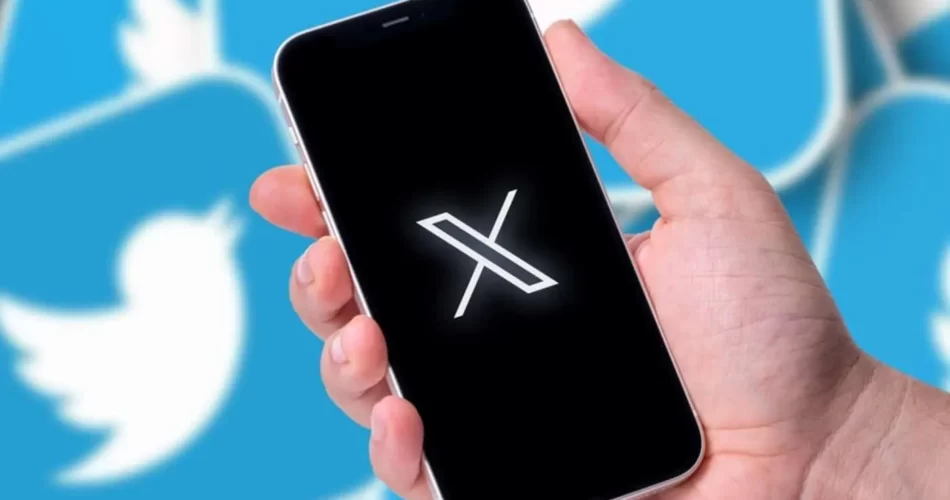The first notable change was the elimination of headers and link introductions from posted articles. Now, when sharing an article, users are only presented with an image with a small URL in the bottom corner.
Musk justified this as an attempt to make the platform more visually appealing and reduce the presence of sensationalist headlines. However, in practice, this change has raised concerns about the lack of context and the ability to share accurate information.
One major criticism is that users can now write anything in the text of a post and link it to a completely different story.
This means that the veracity of the information shared has become even more questionable, since the context is no longer embedded in the tweet. Those who share links now have a greater responsibility to provide accurate and reliable information, something that is not always fulfilled.
Musk revealed that the intention is for people not to post the links in their tweets but to write the content directly on the platform, something that many people won’t do.
Change also comes to likes and retweets
Now, it brings another significant change with Musk’s decision to remove the numbers of replies, retweets and likes from the posts displayed on the timeline, leaving only the “view count”. The news was posted by Musk himself to the platform’s subscribers:
“Those ugly URL cards with repetitive text were making my eyes bleed. Much better now!””Next, we will remove all action buttons with their superfluous interaction counts from the main timeline. Only the view count will be displayed unless you tap on a post. This will greatly improve readability.”
The company’s product designer, Andrea Conway, revealed that the retweet and like buttons on the Twitter/X mobile app could be dropped for a more Tinder-like experience. At the moment, “the plan is to remove both, but do more with gesture interactions (double tap to like + swipe to reply now too),” she tweeted.
rn the plan is to remove both, but to do more with gestural interactions (double tap to like + looking at some swipe to reply stuff now too)
Although he claims that this improves readability, critics argue that it undermines users’ ability to assess the popularity and relevance of a tweet. You will no longer know if that post is going viral or if it only has a few likes.
In addition, the change is probably an attempt to hide tweets that are being “ratioed”, i.e. that receive far more replies and retweets than likes. This has been particularly associated with Musk fans who have subscribed to Twitter’s premium service, Twitter Blue, and conservative commentators in an often left-leaning social media environment.

Elon Musk Tweet
Changes could bring more interaction to X (Twitter)
A closer look suggests that the changes are not just about cleaning up the X interface, but may also have hidden objectives. By requiring users to click on a tweet to see interaction numbers, X can artificially increase engagement metrics.
Action buttons + the number count? Or just the number?
Removing the action buttons completely might lead to a decrease in overall engagement if users have to click in to Like/Repost
— ALX 🎃 (@alx) October 6, 2023
Now, every time you view a tweet and interact with it, it counts as two impressions and one real interaction, rather than just one impression. This could be beneficial for the old Twitter in terms of numbers and for Musk, who seems to like to emphasize the “view count” metric (created by him, by the way).
However, the big question is whether all these changes are really improving the user experience or whether they are just serving the platform’s interests.
The removal of numbers and the lack of context for shared links could make the platform more confusing and less reliable. In addition, the radical changes are affecting usability and users’ familiarity with Twitter, which could be a risk.
The transformation that Elon Musk is bringing to X is generating heated debate and raising questions about the future of the platform. As an X (Twitter) user, it’s important to be aware of these changes and understand the implications they have for the way we consume information and interact on social networks.
What’s next for the old Twitter is uncertain, but one thing is clear: the age of social media is constantly changing, and it’s important to keep a critical eye on them.

